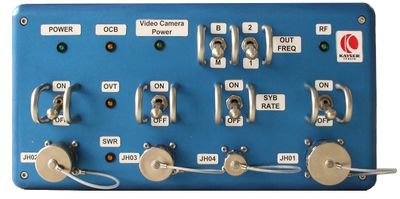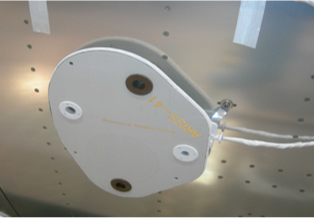HAMTV from the ISS
Following repairs carried out last year it now looks likely that the original HAMTV unit will be returned to the ISS with potential commissioning by a visiting astronaut during April 2024.
What is HamTV
HAMTV is the name of the Digital Amateur Television (DATV) transmitter on board the Columbus module of the International Space Station (ISS).
It transmits Digital video and audio in MPEG-2 format using the DVB-S protocol in the 13cms band on 2395MHz.
HAMTV specification
Ham Video downlink frequencies
- 2395 MHz (main operating frequency)
- 2369 MHz
- 2422 MHz
- 2437 MHz
DVB-S modulation
- Symbol rates: 1.3 Ms/s and 2.0 Ms/s
- FEC : ½
RF output
The HAMTV transmitter produces 10 watts RF, however this is then fed through a series of interconnecting cables and bandpass filter before passing through the ISS Columbus module external wall. Estimated power at the antenna is ~ 2 watts.
HAMTV antenna
The HamTV transmission runs relatively low power on 2395MHz to a simple patch antenna on the ISS.
This patch antenna is located on the earth side of the ISS but is surrounded by solar panels, thermal radiator panels, two or more visiting vehicles and robotic arms.
The ISS also “flies” slightly nose down to protect the cupola windows from space debris and so the RF performance, particularly when it is rising from the west, is slightly unpredictable.
Video format
- NTSC
- SIF resolution: 352×240 or D1:720×480
What is HAMTV used for?
The primary use is during ARISS schools contacts, when the astronaut will use a camera to show himself and the inside of the ISS during the VHF radio contact.
It is hoped that test patterns, including JPEG images, will be transmitted when the cameras are not in use.

